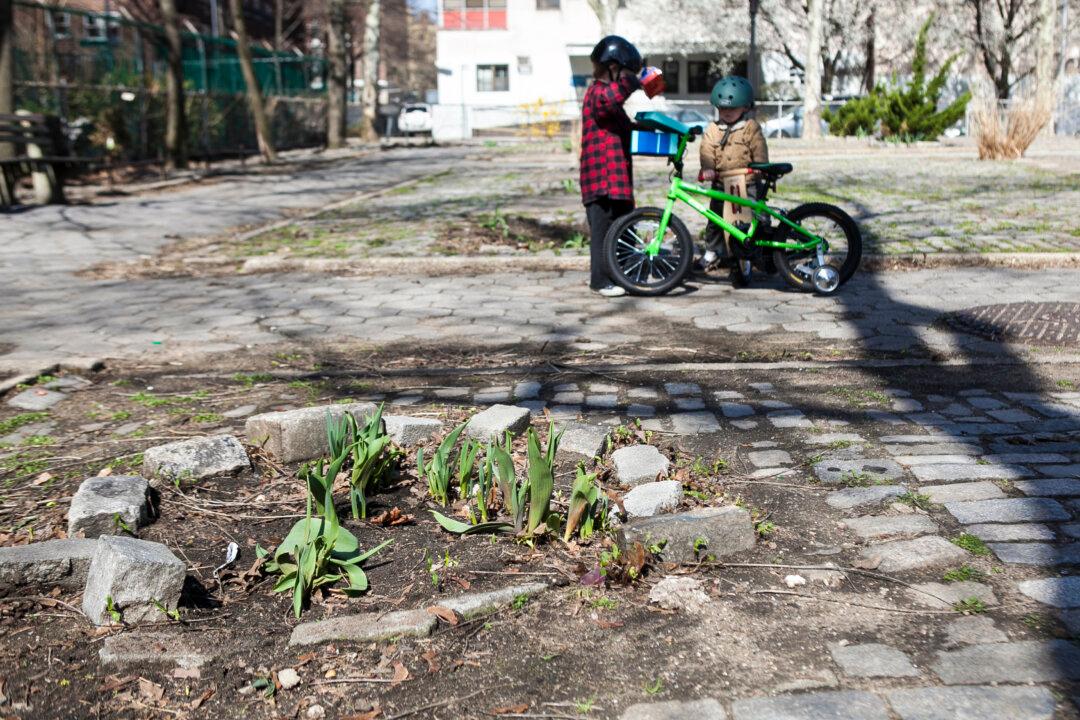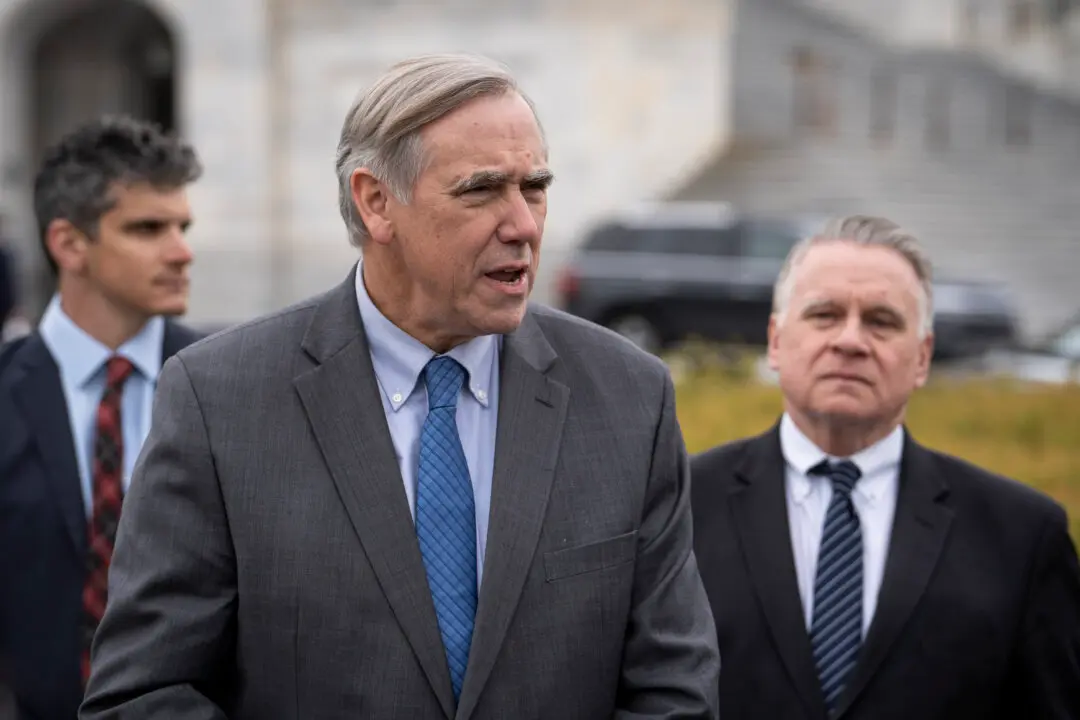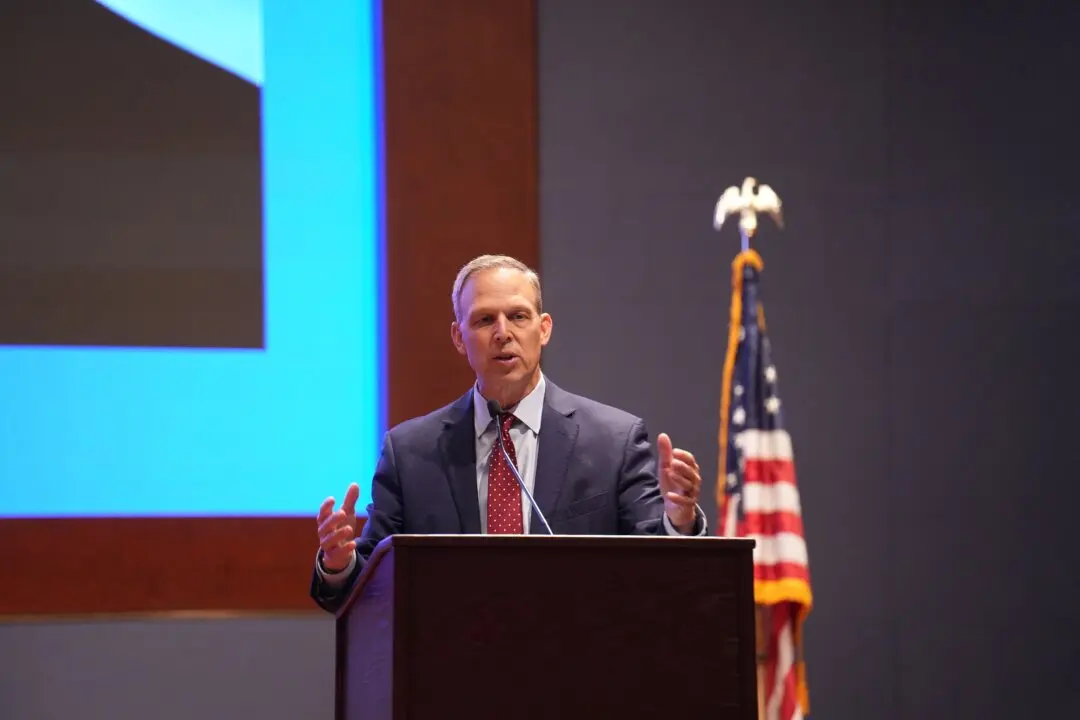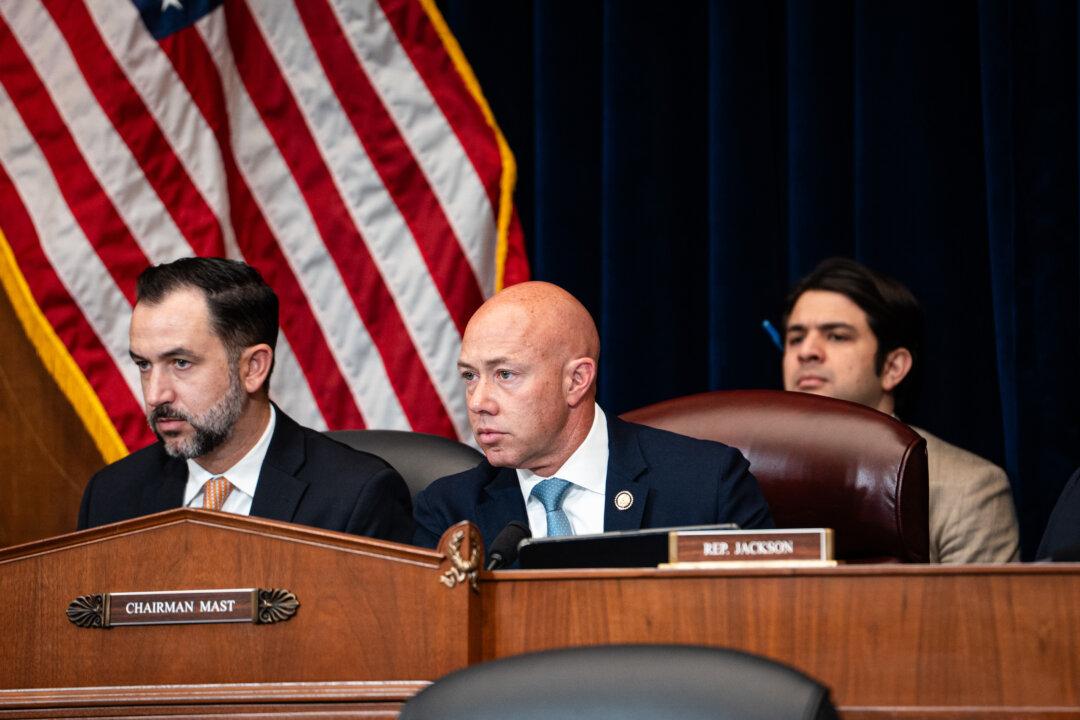It can be shocking to see the conditions some parks in the city are after strolling through parks like Central Park—the greenery dried up, paint chipped, hard to love.
The NYC Parks Department has been chronically underfunded, advocates say, and the meager maintenance funds mean parks can easily fall into disrepair.
Oftentimes, New Yorkers take matters into their own hands and start organizing to clean up and fundraiser for their parks. So it is not at all surprising so many advocacy groups have chimed in with ideas to fund park maintenance city-wide.
In advance of a policy forum on equitable parks hosted by NYU Wagner, the New Yorkers for Parks and New York League of Conservation Voters has released a report looking at five high-revenue alternatives and eight case-by-case strategies for funding the city’s parks.
1. Use the Real Estate Market
The first option is to use zoning incentives. The report suggests developers should either commit to maintaining existing parks or pay into a fund for park maintenance in exchange for building bigger.
Many neighborhood revitalizations started with the cleaning up of parks (Central Park, Madison Square Park, the list goes on), and it’s well known that good parks spur entice development.
Plus, the city can actually zone parks, and there are ones that currently do have air rights that the report says the city should consider selling.
2. Use Other Agencies’ Budgets
Many parks are dealing with infrastructure issues that would normally fall under the jurisdiction of Transportation, Environmental Protection, or Storm Recovery departments.
For instance, parks near highways are almost always damaged by those highways. So in return, the Transportation Department could cover roadway maintainence within parks, the report suggests.
There are also parks on the frontline of coastal storms, and they could be retrofitted for resiliency and controlling stormwater runoff by agencies other than Parks, the report states.
3. Create Corporations
There are several state-created corporations that control areas of the city: Battery Park City Authority, Hudson River Park Trust and Roosevelt Island Operating Corporation. The city has also created ones for Brooklyn Bridge Park and Governors Island.
The state ones aren’t subject to property taxes and local politics or land-use rules, which allows the entities to focus solely on the park, according to the report. The result has been that there is a higher level of maintenance in these entity-run parks compared to city-run parks.
4. Park Improvement Districts
Business Improvement Districts are groups that tend to focus on street, sidewalk, and plaza maintenance for a neighborhood. But there are two in the city that focus on parks and just a few businesses border the parks: the Bryant Park Corporation and Union Square Partnership.
Each collects over $1 million annually, which can partially go towards the parks themselves.
5. State Commitment to Funding Parks
The report recommends a dedicated fund for parks, because one of the “biggest lost opportunities” is that the state has no obligation to finance the Environmental Protection Fund (EPF).
EPF was created in 1993 to fund solid waste management, parks, historic preservation, and open space.
6. Concessions
The city is already earning $110 million from park concessions, and there’s room for much more, the report says. Parks in areas without restaurants neardy in particular could use food stands.
It’s just that the money currently goes towards the general fund and not back to parks.
7. Sponsorships
High-profile capital projects will most easily attract corporate sponsorship. For example, the report states, in 2013 the Prospect Park Alliance “won $10 million from the Lefrak family to build the Lefrak Center at Lakeside.”
8. Community Benefit Agreements
These are usually private agreements between developers and the community and often used when developers need to win favor on a project that requires a rezoning. Oftentimes it includes park funds.
9. “Capitalizing” Maintenance Costs
Basically, there are bonds NYC can use for capital costs but not for maintenance. The report suggests legislative changes to categorize some capital improvements considered maintenance as capital (which would need the comptroller’s approval).
10. Sell Park Land for Non-Park Uses
It’s controversial, but if the city is using the land for recreational public infrastructure it could be beneficial, the report states.
Some parks have inaccessible areas to begin with, and they could be used for solar panels or wind turbines. The city could add a golf course (rather than a residential building) to a park and generate revenue.
11. More Bonds
According to the report, New York City is good to borrow another $24 billion. It’s never issued bonds to pay for parks, but with the amount of infrastructure capital needs, it may be a good idea to start, the report says.
12. More Flexible Budgeting
For the 2013-2014 fiscal year, the city gave the Parks Department discretionary capital funding for the first time. That meant the money could be used for any project needing capital improvements rather than limiting fixed amounts for specific projects.
13. Tax Increment Finance (TIF)
The city should identify areas where improvements would result in making the area attractive for developers, and then sell bonds to fund those improvements, the report states. Then the city would pay the bondholders with tax revenues from the new developments. Illinois and California have issued billions in TIF bonds.





